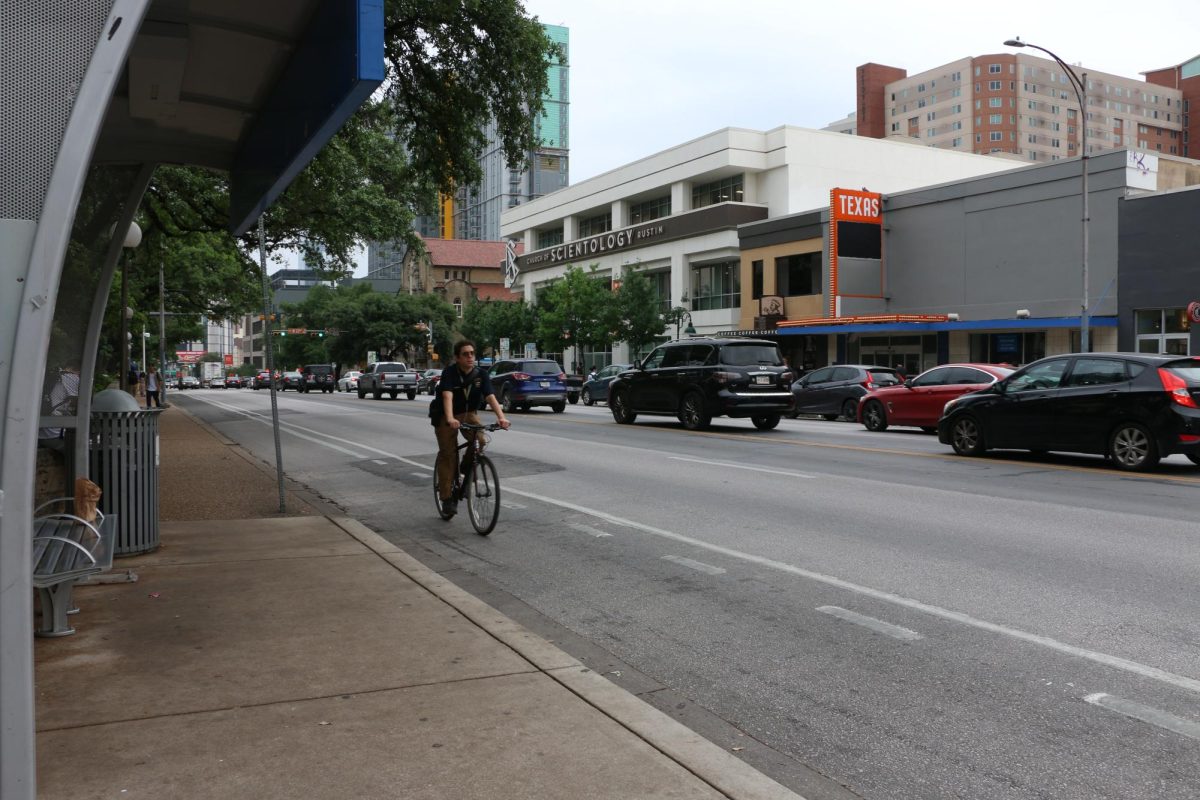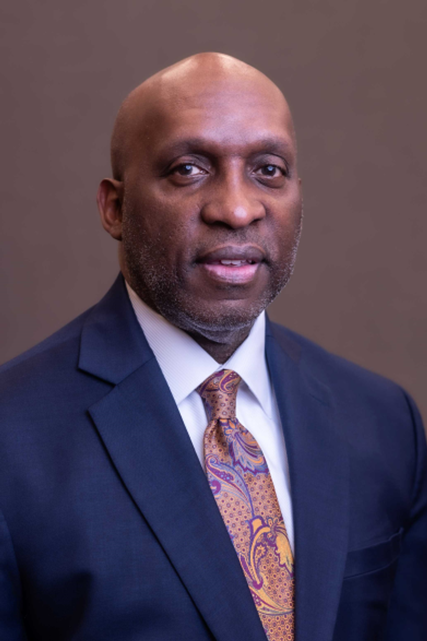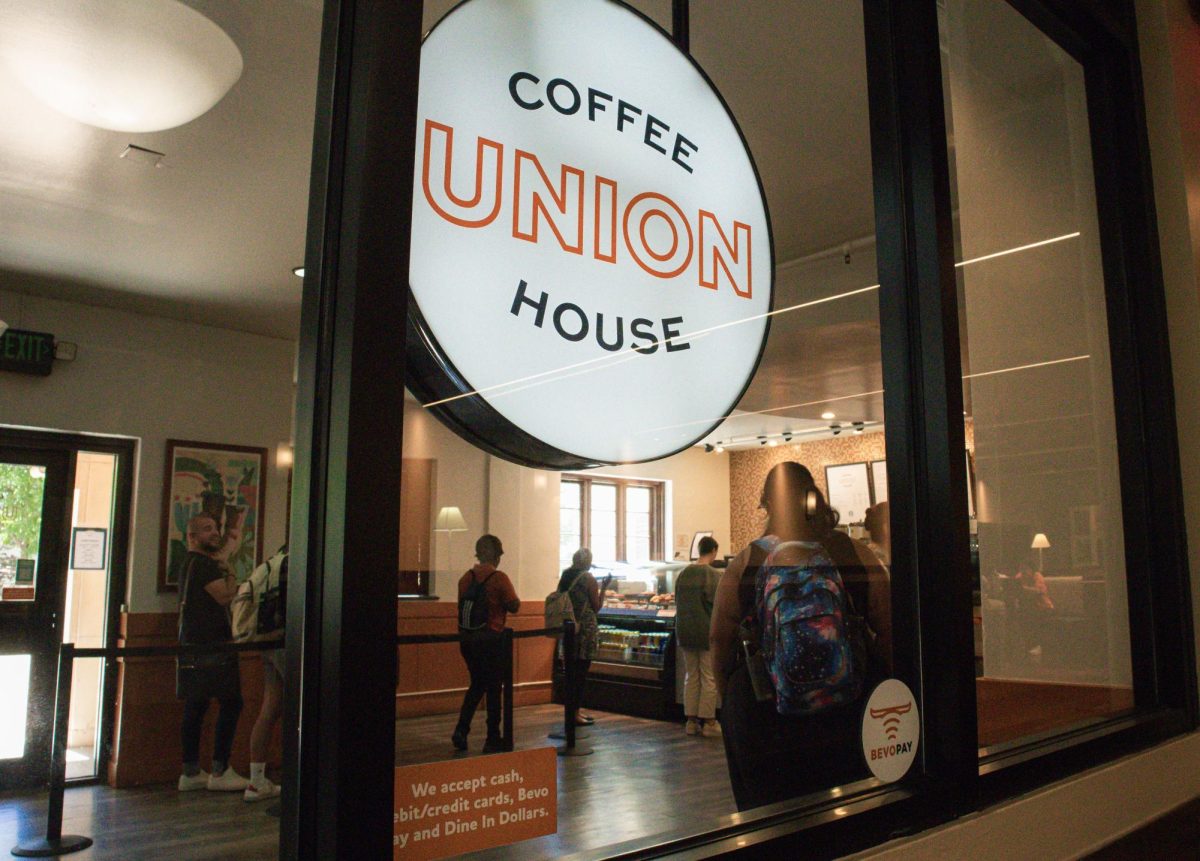AUSTIN, Texas — The memorials around the Texas Capitol grounds have long honored heroes and moments of Texas’ storied past, from the Alamo to the Confederacy to fallen soldiers in foreign wars.
Joining them this month is a tribute to Texas’ earliest pioneers, Tejano settlers who trail-blazed what would become the Lone Star State. On March 29, a massive granite and bronze memorial to those early Spanish and Mexican explorers, settlers and their descendants will be formally dedicated on the South lawn of the state Capitol, the culmination of a decade-long effort to honor their history.
“We’ve been here for 500 years. For 500 years, we’ve ignored that chapter of Texas history,” said Renato Ramirez, CEO of International Bank of Commerce in the border city of Zapata and one of the leaders of the nearly $2 million project. Ramirez’ family gave $125,000 to the effort.
The creation of the monument also coincides with the rising political importance of Tejanos, as whites drop below 50 percent of the Texas population and Hispanics now make up more than 50 percent of young people.
Tejano history dates to the 1500s, when Spanish explorer Alonso Alvarez de Pineda first mapped the Texas coastline. Spanish missions were established in the 1600s. A group of Tejano settlers led by Jose Bernardo Gutierrez de Lara declared the first Republic of Texas in 1813. The descendants of Spanish and Mexican settlers established a thriving cattle and agriculture industry, became the first cowboys and also fought at the Alamo.
But some historians say these contributions have been overlooked by a popular history that focuses on when whites started moving to Texas from the United States.
Andres Tijerina, an Austin Community College history professor and author of the book “Tejano Empire,” says the new monument enriches Texas history by recognizing the settlers who were in Texas before Lone Star State icons like Stephen F. Austin and Sam Houston.
“It expands Texas history before 1821 which is what the public narrative has always used as the starting point for Texas history, when Stephen F. Austin arrived,” Tijerina said “Those families, who are such an important part of Texas, are still here.”
At 525 square feet, the monument will be among the largest on the Capitol grounds. Mounted on a 250-ton slab of pink granite, bronze statues depict a Spanish explorer, a vaquero (cowboy) on his mustang, a longhorn bull and cow and a family of settlers. A series of plaques will tell the story of Tejano history.
The slab was cut from the same quarry in Marble Falls that was used for the Capitol building. The sculpture was designed by Laredo artist Armando Hinojosa, a descendant of Don Tomas Sanchez, the founder of Laredo.
Project architect Jaime Beaman, whose family on his mother’s side lived along the Texas-Mexico border for generations, said the original design depicted a Roman-style monument with arches and columns and was quickly scrapped.
“We’re not Roman, we’re Tejano,” Beaman said. “This is art.”
The Tejano monument is not on the Great Walk, the 500-foot, tree-lined promenade that leads from Congress Avenue to the South steps of the Capitol, but occupies a prime piece of land just inside the southern gate, a popular entry point for tourists and Capitol visitors.
Getting it there required a change in state law. New monuments have been banned on the south lawn ever since the completion of a major restoration project in the early 1990s. The Tejano monument was destined for the less-visible north side of the Capitol until 2009 when the Legislature passed a special exception.
The monument sits about 50 paces east of a massive tribute to the Confederacy topped by a statute of Jefferson Davis. A monument to African-Americans is planned for the west side of the grounds, but that project is still in development.
Printed on Monday, March 19, 2012 as: Capitol honors Tejano history



















